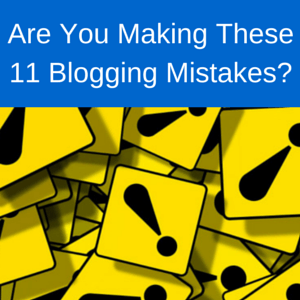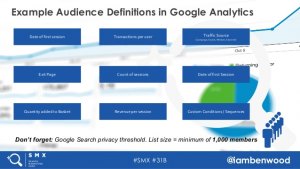In our first post, Going Mobile, we broke down cross-device targeting into two separate components – cross device matching and targeting – and explained how cross-device matching works. In this post, we’ll take a deeper dive into the targeting and ad delivery part of the story.
Let’s go back to a scenario we presented in our previous post. You’ve successfully identified that the user who visited your website from her laptop in a Manhattan office is the same user that played Crossy Road on her phone from a Hoboken coffee shop. Great!
But now what? How do you actually reach her across her different devices with your message? This is where ad exchanges play an essential role in ad delivery once you’ve found that user and the devices they’re on.
If you’re a search marketer, cross-device targeting is probably something you’ve been using for a while now. Google’s Enhanced Campaigns unifies targeting and ad delivery for desktop and mobile devices across Google’s search and display network. It’s just that when you’re trying to target a particular customer across hundreds of thousands of distinct websites and mobile apps, it can feel much more intimidating when you have to go beyond the tidy confines of Google’s ecosystem.
To solve this problem, ad exchanges emerged bringing order and centralization to marketers buying ad inventory across web sites and ad networks. Exchanges fundamentally changed ad buying by enabling display advertisers to target visitors based on audience data and then bid on each ad impression individually in real-time based on what that visitor was worth to them (thus, the “searchification” of display that you’ll often hear referred).
So how exactly do mobile ad exchanges like MoPub and Nexage fit into the story? The mobile advertising opportunity has been exploding recently and already accounts for over 27% of digital ad spend. With the plethora of mobile advertising options – including mobile and tablet apps, as well as mobile website inventory – a number of different mobile-specific ad exchanges like MoPub and Nexage emerged, aggregating the billions of available mobile ad impressions. But not only do mobile exchanges aggregate inventory, they also provide the marketplace for effective targeting and bidding, enabling advertisers, and using a demand-side platform to leverage their existing audience data to find, reach, and deliver ads to the potential customers they’re most interested in reaching.
In our next and final post in this series, we’ll provide some tips and strategies for getting the most from your cross-device campaigns.
(231)
Report Post






